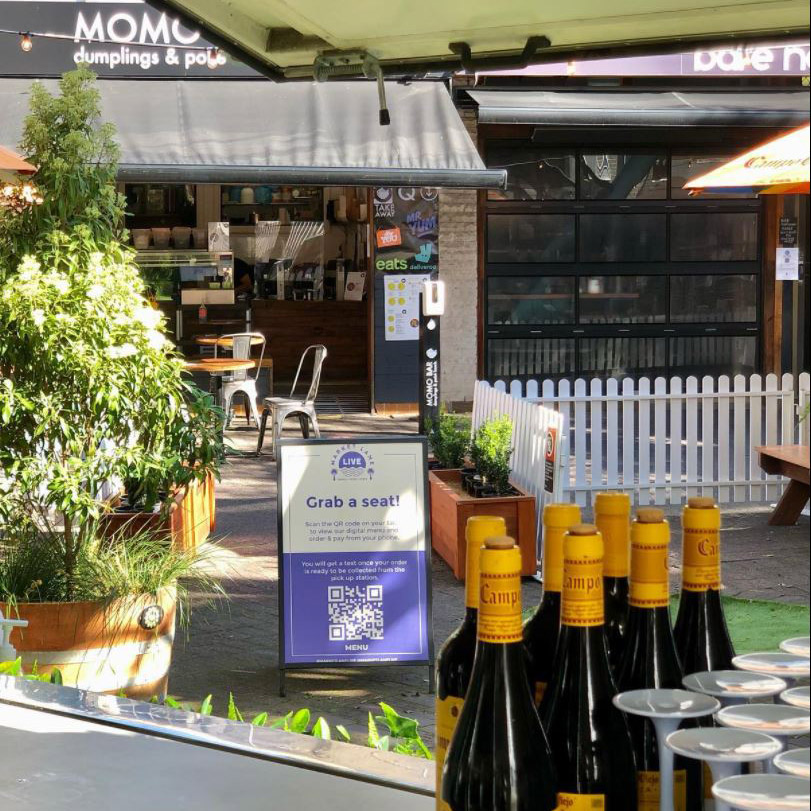Quick Response (QR) codes were once considered a failed marketing fad but have been instrumental in managing COVID-19 case and contact tracing and the successful reopening of businesses.
So why did they struggle to secure a mainstream foothold for so long? Have QR codes always been an effective solution patiently waiting for a problem? And what opportunity do they hold for the future of retail and hospitality businesses?
The Rise
Quick Response (QR) codes were first introduced by Japanese firm Denso Wave in 1994 as a faster and more functional alternative to barcodes.
While the 2D codes were initially adopted solely by the automotive industry for inventory control purposes, in 2002 they were pushed into the mainstream in Japan by the marketing of smartphones with QR reading capabilities.
Denso Wave’s decision to make the code specifications publically available meant anyone could use QR codes freely. This led to some global success in the early 2010s as large companies began to explore their use in marketing. In fact, US start-up JumpStart reported a 1200% increase in QR scans between July and December 2010.
The technology had undeniable potential but ultimately failed to take off. So what happened?
The Fall
QR codes were a victim of their time. In theory, they offered customers on-demand access to information or experiences with the simple scan of a code. More often than not, the reality was a negative user experience from end to end.
It wasn’t until 2017 that Apple’s iOS update allowed QR codes to be scanned using the phone’s camera. Androids soon followed suit. Before that, scanning a QR code had required a dedicated app, which proved a significant roadblock to their success.
Consumers accustomed to instant gratification had little incentive to download a new app just to be redirected to an existing URL that could be easily accessed through Google.
Those who did take the time to download apps and scan codes were often met with disappointing results. Websites that had not been optimised for mobile devices or unclear information left customers confused or disinterested.
All this effectively defeated the value and accessibility of QR codes and they were pushed aside as a failed marketing fad. Until now.
The Resurrection
If you’ve left your house in the past six months, you’ve no doubt noticed that QR codes are back. 2020 has seen the resurgence of QR codes, with consumers forced to embrace them out of necessity rather than choice.
Governments have implemented QR codes as a method of COVID-19 contact tracing, requiring individuals to check-in to each venue they visit, and as businesses reopen into a new no-touch normal, they are shifting towards completely contactless customer experiences.
You can now visit a restaurant and view the menu, order, and pay using just a QR code. You can scan a movie poster and purchase a ticket to a screening. In America you can even scan a code and pour yourself a Coca-Cola from a completely contactless vending machine.
Maybe the introduction of QR codes in 1994 was a solution to a problem we wouldn’t know we would have for another 26 years.
QR code opportunity for businesses
As QR codes become part of our daily lives, retail and hospitality businesses have a new opportunity to connect with customers.
Businesses who successfully incorporate QR codes into their branding experience will direct customers to experiences and information that adds value or makes their life easier in some way.
And with advances in technology and the issue of customer adoption overcome, QR codes may be here to stay this time.






